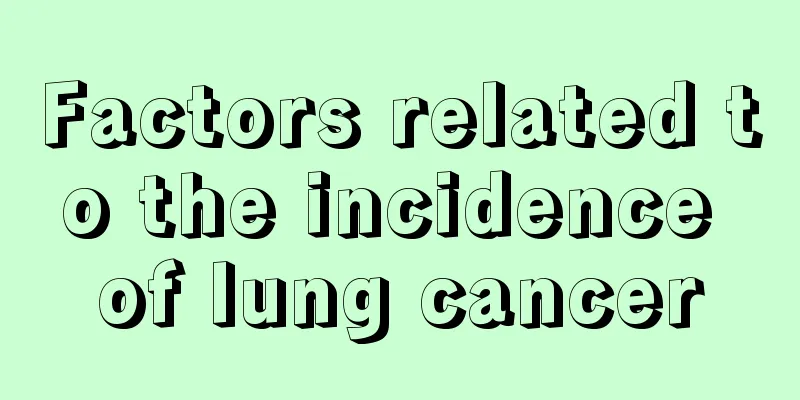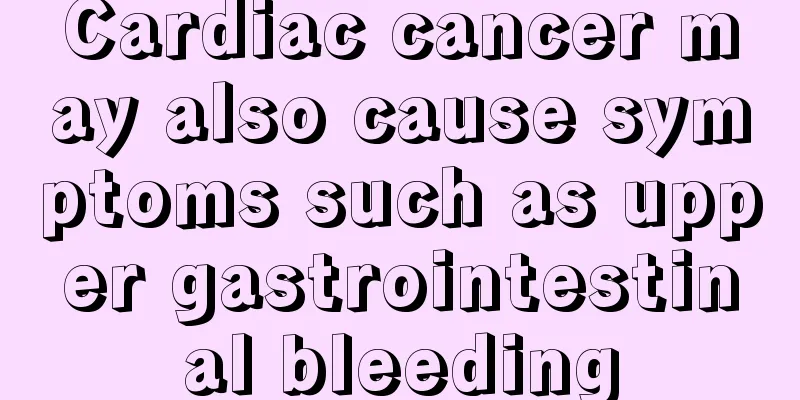The neck is unable to support the head

|
Many patients begin to have problems with their necks. Some often feel neck pain, while others feel stiff necks, numb arms, and weak necks that cannot support their heads. If this happens to adults, it is necessary to consider cervical spondylosis, because cervical spondylosis often starts in the neck. In recent years, the incidence of cervical spondylosis has shown a clear upward trend and is becoming younger. More and more white-collar workers and "phone-dowing people" have joined the ranks of cervical spondylosis. Patients with cervical spondylosis may experience symptoms such as numbness and weakness in the hands, soreness and discomfort in the neck and shoulders, limited limb movement, a feeling of stepping on cotton under the feet, headache and dizziness, which have a serious impact on their lives. The problems all lie in the cervical spine, but the manifestations are different: Cervical spondylosis is a chronic degenerative disease. Only by having a clear understanding of its classification and symptoms can symptomatic treatment be effective. 1. Cervical spondylosis It is more common in young and middle-aged people, and can also be seen in some middle-aged and elderly people. Patients often experience neck soreness, pain, swelling and discomfort when they wake up in the morning or after working or studying at a desk for a long time. Patients often complain of discomfort in their shoulder blades, shoulders and back, and do not know where to put their head and neck to be comfortable. It is often mistaken for "stiff neck". Some patients may reflexively experience transient paresthesias in the upper limbs, and the pain worsens when coughing or sneezing. 2. Cervical spondylotic radiculopathy It is common, and the main symptoms are intermittent or continuous dull pain, severe pain or numbness in the neck or shoulders, which radiates to one or both upper limbs. The pain and numbness may worsen when the neck moves, coughs, sneezes or exerts great force. In addition, patients may also experience symptoms such as heaviness, soreness and weakness in the upper limbs, decreased grip strength, and falling of held objects. The pain in the neck, shoulders and upper limbs may be more severe at night, and you may toss and turn and be unable to sleep. In addition, the affected limbs may easily experience soreness, swelling and numbness after pressure is applied while sleeping. A considerable number of patients have inducing factors such as injury, cold, fatigue, etc. before the onset of the disease. Some patients only have pain in the neck, shoulders and back at the beginning of the disease, which gradually worsens later. Some patients also have worsening symptoms after improper neck massage, and develop typical symptoms of nerve damage such as radiating pain, numbness, and weakness in the upper limbs. 3. Cervical spondylotic myelopathy In the early stages, patients will experience symptoms such as bilateral or unilateral lower limb numbness, pain, stiffness, coldness, shivering, weakness, and tremor. They will have difficulty walking, often have weak legs, and are prone to tripping. Some patients may feel like they are walking on cotton or have a heavy head and light feet feeling. Afterwards, it will develop into bilateral or unilateral upper limb numbness, soreness, burning sensation, pain, trembling, weakness and inflexibility, and even inability to perform fine movements of the hands such as holding a pen, holding chopsticks, holding a bowl, and buttoning. Some patients also complain of pain or numbness in one or more fingers, shoulder, upper arm, or forearm. At the same time, you may experience numbness and pain in the chest and abdomen, and a feeling as if you are being tied up with a tight belt, causing chest tightness and shortness of breath. As the symptoms worsen, patients may experience bladder and rectal sphincter disorders, manifested as urinary urgency. When they feel the urge to urinate, they become impatient and sometimes have poor urination control, even wetting their pants. They also have weak urination, incomplete urination, and constipation. In severe cases, they may suffer from urinary retention or urinary incontinence. Some male patients also have sexual dysfunction. 4. Vertebral artery type cervical spondylosis Dizziness, migraine, tinnitus, hearing loss and deafness, decreased vision, blurred vision, double vision and temporary blindness may occur when the head and neck are rotated. Depression may also occur, accompanied by recent amnesia, insomnia and nightmares. |
<<: What to do if you feel weak all over after sex
>>: What is the reason for waist weakness
Recommend
What are the symptoms of advanced lymphoma and can it be treated?
What are the late-stage symptoms of lymphoma and ...
5 factors that induce lung cancer in women
Lung cancer is a common tumor of the respiratory ...
What are the 8 standard sections of liver ultrasound?
People often talk about liver ultrasound, which r...
What are the late symptoms of cerebral atrophy?
Many people have suffered from brain atrophy in t...
What are the dietary care methods for colon cancer
In recent years, colorectal cancer has become one...
What kind of personality is sentimental
There are always some sentimental people around u...
Things to note when getting the foot-and-mouth disease vaccine for pigs
Because foot-and-mouth disease in pigs is caused ...
Does an electric toothbrush clean?
Brushing teeth is something we have to do every d...
What to do with loose skin?
Some older women may find that their facial skin ...
What are the dietary taboos for diabetic patients
People's lives are really getting better and ...
Who is suitable for salt bag hot compress?
Nowadays, many people have learned how to maintai...
What are the precautions when using a compression cuff?
There must be many people who don’t know about th...
What is the best way to recover from excessive exercise?
Sports are an activity that modern people like ve...
Will foreign bodies be expelled during pregnancy?
Once women successfully become pregnant, many cha...
What are the side effects of melatonin tablets
Melatonin tablets are not what we call the remova...









